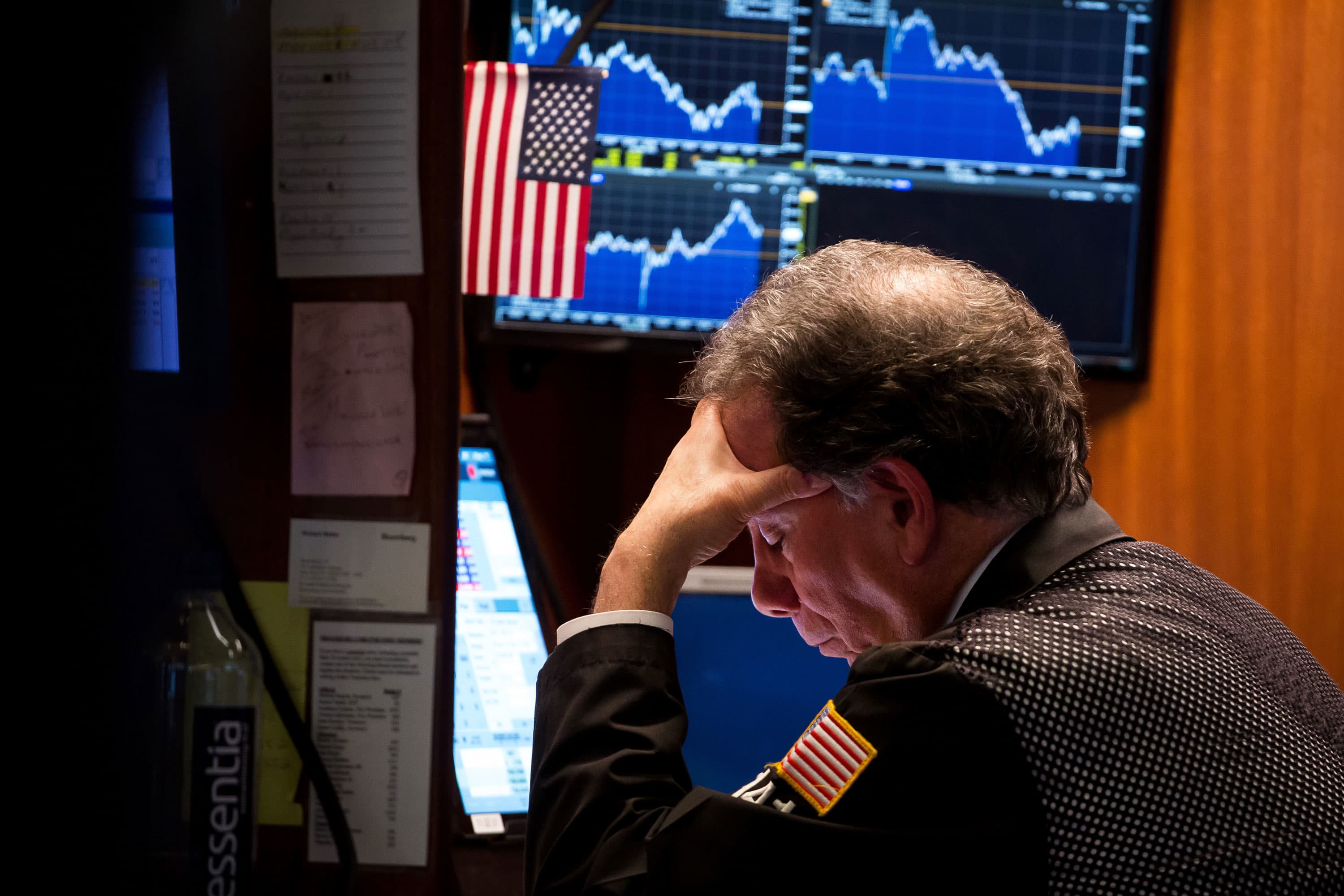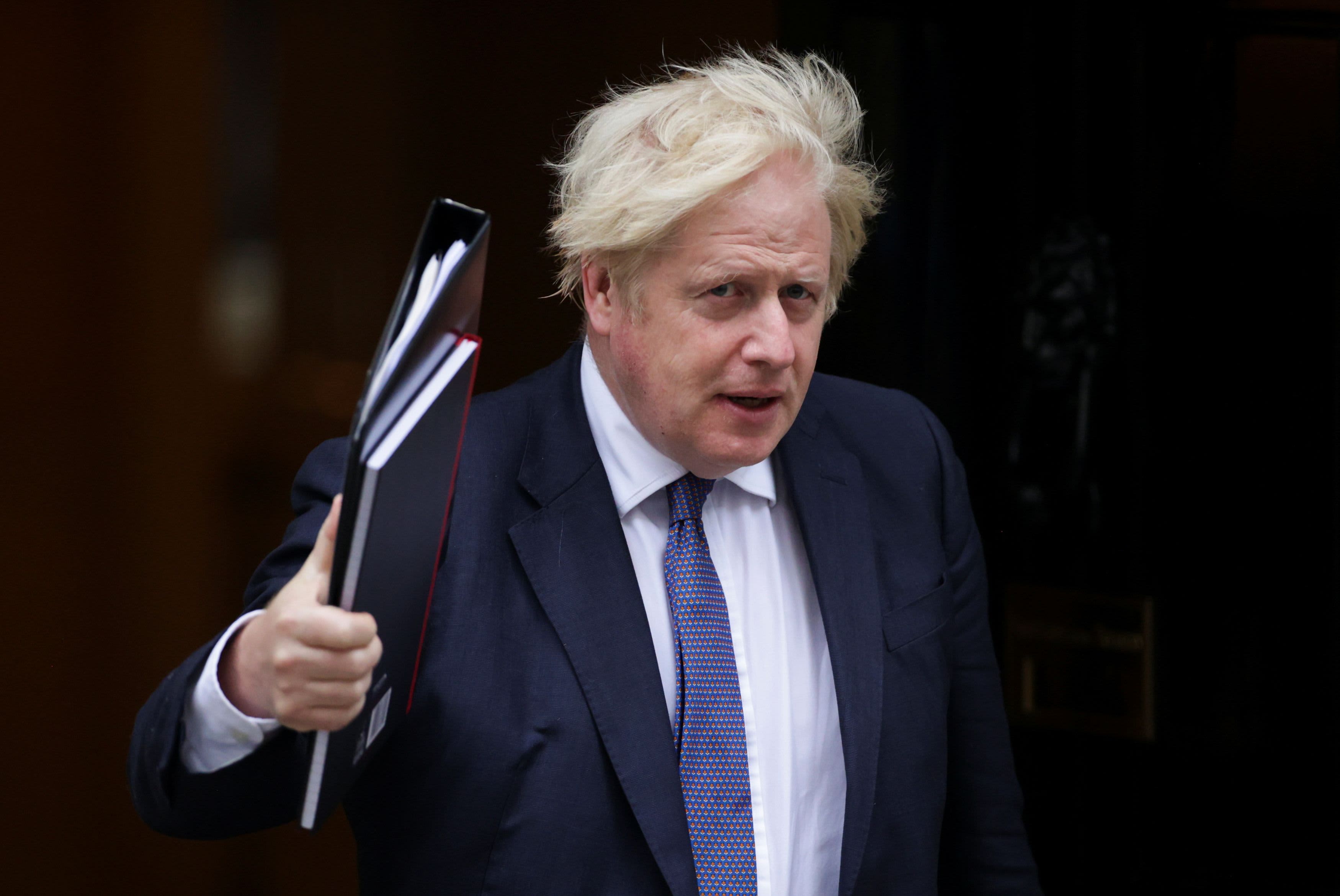U.S. stocks traded near record highs on Wednesday morning as the market completed a successful first half of 2021 and second quarter.
The Dow Jones Industrial Average added a modest 70 points while the S&P 500 added less than 0.1%. The Nasdaq 100 lost about 0.2%.
Wednesday is the last day of the second quarter and the last day of the first half of 2021. For the year to date, the S&P 500 is up 14%, while the Nasdaq Composite and the Dow are each up 12%. For the quarter, the S&P 500 is up 8%. The S&P 500 and Nasdaq all posted new record closings on Tuesday.
The S&P 500 is heading for its fifth consecutive positive month, up 2.1% to 4,291.80 in June.
Investors have shrugged off the high inflation readings and continued to buy stocks in hopes that an economic comeback for the pandemic would continue and that the Federal Reserve would for the most part maintain its loose policies. The top three Dow winners this year are Goldman Sachs, American Express, and Walgreens Boots Alliance, all of which are up more than 30%. Chevron, Microsoft, and JPMorgan Chase are each up more than 20%. The tech and health sectors of the S&P 500 both closed Tuesday with record highs.
The gains came as nearly 60% of adults in the US received a COVID-19 vaccine, which allows the economy to reopen quickly. Still, new variants of the virus have raised some concerns that other restrictions such as wearing masks would have to be reintroduced as the pace of vaccinations has slowed.
Investors have “a number of reasons to be constructive,” wrote Tom Lee, Managing Partner and Head of Research at Fundstrat Global Advisors, citing economic dynamism, strong credit markets and possible fiscal stimuli.
Lee raised his S&P 500 target for 2021 from 4,300 to 4,600 in a statement to his customers on Tuesday evening. The new forecast means a 7% gain from here.
Big tech stocks, including Apple and Facebook, were a little weaker in early Wednesday trading. The Wall Street Journal reports that the Biden administration is working on an executive order that would direct government agencies to tighten control of industries where a few companies dominate. It is the latest in a series of moves by Biden to contain the power of big business, especially in the tech industry.
Good first halves for the market usually bode well for the rest of the year. Whenever there was double-digit growth in the first half of the year, the Dow and S&P 500 never ended this year with an annual decline, according to Refinitive data from 1950.
During Tuesday’s regular session, stocks barely changed in light trading, although the S&P 500 hit its fourth straight session and an all-time high. The Dow rose 9 points, or less than 1%. The S&P 500 ended the day 0.03% higher and the Nasdaq Composite ended the day 0.2% higher
Home builder stocks rose Tuesday after S&P CoreLogic Case-Shiller released its National Home Price Index, which showed home prices rose more than 14% year-over-year in April and several major US cities posted the highest annual price gains of all time. Lennar shares rose nearly 1% and PulteGroup shares rose 1.9%.
However, according to the Mortgage Bankers Association, mortgage demand fell last week as high prices and low supply drove out some potential buyers.
The Conference Board’s consumer confidence index also reached its highest level since March 2020.
Stocks are unlikely to see much movement until Friday’s labor market report gives a better idea of the state of the economy. According to a Dow Jones poll, economists expect 683,000 new jobs in June.
On Wednesday, payroll firm ADP reported that private payrolls rose 692,000 in June, exceeding expectations. However, the company’s May figure has been revised downwards.
– CNBC’s Robert Hum contributed to this report.










